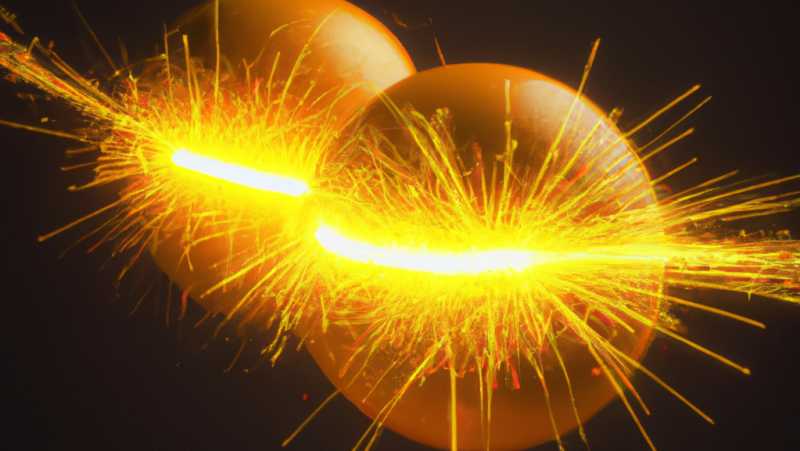The Media of Matter: States and Contact Forces
Table of Contents
The main media of the material layer are the contact forces that bind or repel material molecules together as solid, liquid, gas, and Bose condensate.
| State of Matter | Intermolecular Force | Radiant Energy |
|---|---|---|
| Solid | Strong | Potential |
| Liquid | Medium | |
| Gas | Weak | Kinetic |
Unlike Newtonian Physics which believes that contact forces come from matter, Material Superphysics knows that they come from mos as the aetherspace.
The material forces are:
| Force | States | Description |
|---|---|---|
| Friction | Solid, Liquid, Gas | |
| Air/Liquid Pressure and Resistance | Gas | |
| Surface Tension | Solid | |
| Contact Force | Solid, Liquid, Gas |
Friction
Physics defines friction as the force that opposes motion upon contact.
Material Superphysics, on the other hand, defines it as the reduced volume of space particles (qosts) that flow between bodies.

Since friction is based on the lack of space particles then it is observable in the Radiant and Material Layers:
| Phenomenon | Layer |
|---|---|
| Non-Movement or Lesser movement | Material |
| Light as sparks | Radiant |
| Heat | Radiant |
| Static Electricity | Radiant |
Note that Reverse Gravity is not classified as an effect of friction because friction implies the movement of surfaces, as opposed to being static after being set.
In the Material Layer, friction is revealed by the coefficient of friction u as:
u F/N
Where:
Nis the normal forceFis the frictional force, as the normal force reduced
Air Pressure: Bernoulli’s Principle
We explained this in Part 2 to describe the dynamics of gravity as high-low pressure.
This includes Buoyant Force, Coriolis Effect.